Apple is making some serious moves in Australia and New Zealand, and these aren't just your typical corporate announcements. The company has unveiled an ambitious expansion of environmental initiatives that could reshape how tech giants approach regional sustainability efforts, with projects spanning from solar farms to forest restoration across both countries.
Apple's environmental chief Lisa Jackson recently landed in Australia to announce major new commitments (9 News), a clear signal that the company is digging in on the region's green transition. These moves read less like routine CSR, more like infrastructure strategy that could sway how energy markets evolve.
The tech giant is launching an 80 MW solar project in Lancaster, Victoria (Apple) — developer lists 108 MW (DC) capacity in its release, through a partnership with European Energy (ESG News). The project is expected to begin operations next year and marks the start of a broader renewable push in Australia (Apple Newsroom). By 2030, Apple aims to generate over 1 million megawatt-hours of clean electricity annually, contributing over 1 million megawatt-hours of new clean electricity annually to Australia's National Electricity Market before 2030 (Apple Australia).
Matching customer energy use with clean power
Here is the twist. Apple is not just covering its own operations, it is trying to match the electricity Australian customers use to charge Apple devices with clean power. You might plug in an iPhone at home, and Apple cannot control what comes out of the socket. It can, however, add equivalent renewable energy to the grid so the balance tilts toward clean generation (9 News).
That customer angle differs from the usual corporate playbook, which tends to focus on office buildings and data centers. Here, the target is the electricity people actually use with Apple products, a messier challenge that touches market design and regional supply.
The plan fits inside Apple 2030, the company's goal to be carbon neutral across its entire footprint by decade's end (MacTech). Apple says it has already cut global emissions 60 percent versus 2015 and is working toward a 75 percent reduction (Apple Newsroom). Since product use is 24 percent of its carbon footprint, matching customer energy consumption matters (ESG Today).
Expanding the Restore Fund to New Zealand
On the conservation side, Apple is taking its Restore Fund to New Zealand for the first time. In partnership with Climate Asset Management, it is backing projects that protect and restore 8,600 hectares of forestland across four sites in the Central North Island and one in the South Island (9to5Mac). The work follows Forest Stewardship Council standards and blends commercial redwood plantations with the conservation of 3,000 hectares of native forestland (ESG News).
Launched in 2021, the Restore Fund scales investment in high quality, nature based carbon removal projects globally (MacTech). Its model combines carbon finance with real asset returns from sustainable commodities (ESG News), a step up from the typical CSR donation.
The approach reflects how corporate climate finance is changing as demand grows for credible removals under tighter disclosure rules (ESG News). Instead of buying credits on the open market, Apple is helping build the projects that generate long term environmental benefits and measurable returns.
So how is this different from a standard tree planting PR stunt? The New Zealand work pairs managed redwood forests with protected native areas, essentially a diversified forest portfolio designed to produce timber revenue while supporting biodiversity and carbon storage.
Australian agricultural transformation projects
In Queensland, Apple is backing a transformation of 1,700 hectares of degraded sugarcane farmland into a macadamia orchard with more than 800,000 trees (9to5Mac). The eight kilometer site south of Bundaberg will integrate native habitat restoration alongside improved soil and water management practices (ESG News).
A 100 hectare restoration area, developed with Indigenous conservation organisation W.Y.L.D., will reconnect youth with Country and form a biodiversity corridor that links two national parks (MacTech; ESG News).
What stands out is the stacking of benefits. Degraded cane fields mean tired soils, fewer species, inefficient water use. Shift to macadamias with regenerative practices, and you get soil recovery, wildlife habitat, economic value, plus carbon sequestration. The W.Y.L.D. partnership adds Indigenous knowledge and youth engagement, a reminder that durable conservation tends to be local and community led.
What this means for the broader tech industry
Apple's playbook in Australia and New Zealand reads like a template for going beyond direct operations into energy and ecosystem shifts at regional scale (ESG News). Tie big renewable projects to verified restoration, and the consumer energy matching goal starts to translate into on the ground benefits.
This is part of a larger shift in corporate sustainability strategy as markets for high quality carbon removal mature, and funds like the Restore Fund help shape standards for nature aligned finance (ESG News). Apple's renewable sourcing already spans the U.S., China, and Europe, and now aims to speed the Asia Pacific transition.
What I find most compelling is the willingness to take responsibility for impacts that spill past office walls and factory gates. Rather than one off donations or simple credit purchases, the company is steering money into assets and ecosystems built to deliver environmental results and financial discipline at the same time.
Looking ahead: scaling impact beyond 2030
These initiatives feed Apple's emissions targets, and they add renewable generation capacity, biodiversity protection, and Indigenous led stewardship across the region (ESG News). It is a nod to the reality that credible net zero claims hinge on traceable, science based, nature backed solutions with solid governance.
Bottom line, Apple's expansion in Australia and New Zealand looks like a test case for how tech can influence real energy markets and landscapes while pursuing climate goals. If the company hits its 2030 carbon neutrality target, great. The bigger question is replication.
Will other giants follow with infrastructure scale renewables and restoration at regional level? If they do, global supply chains could start interacting with local environments in a very different way. That is the kind of shift that moves beyond glossy reports and into the grid, the forest, the farm. Exactly where the work needs to land as climate deadlines approach.









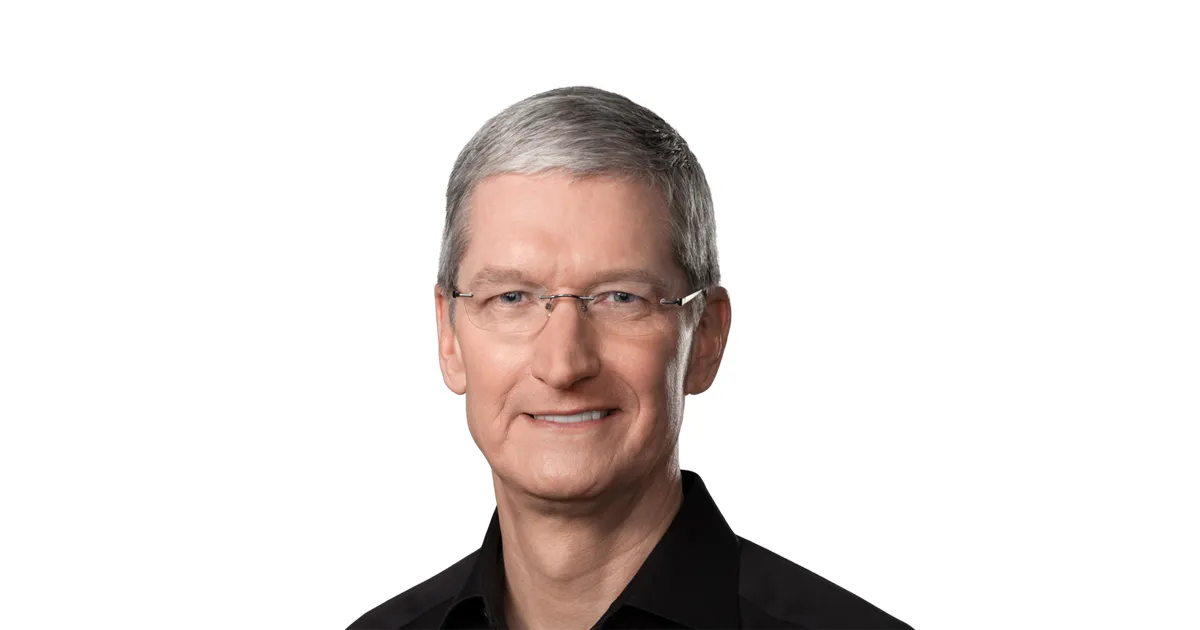




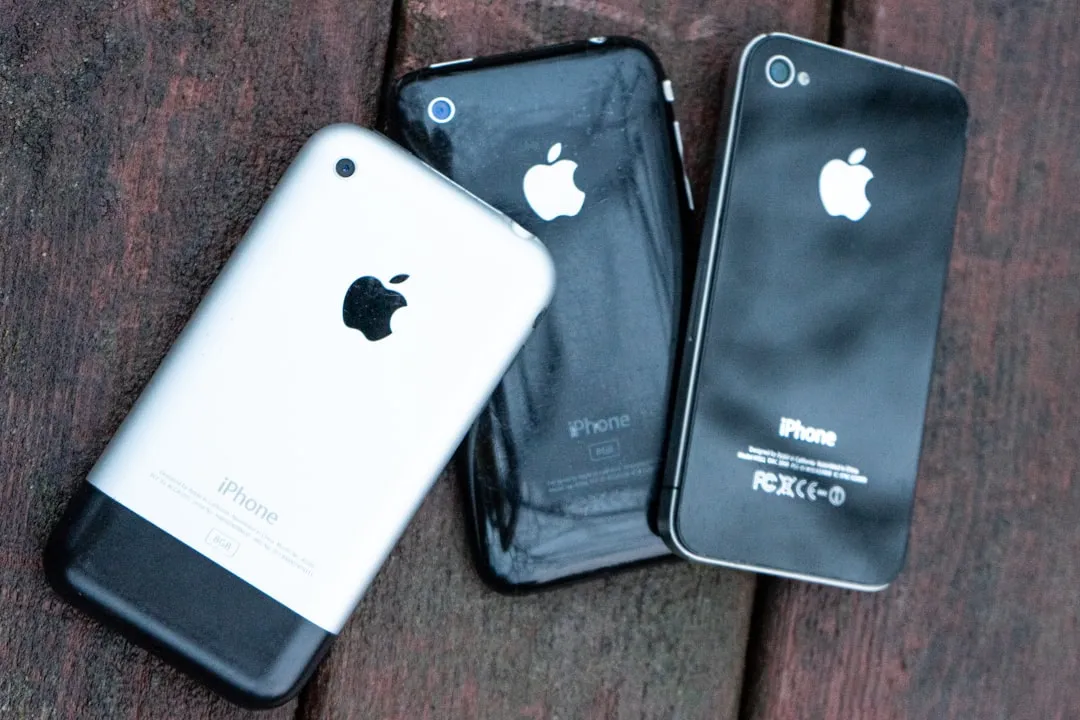


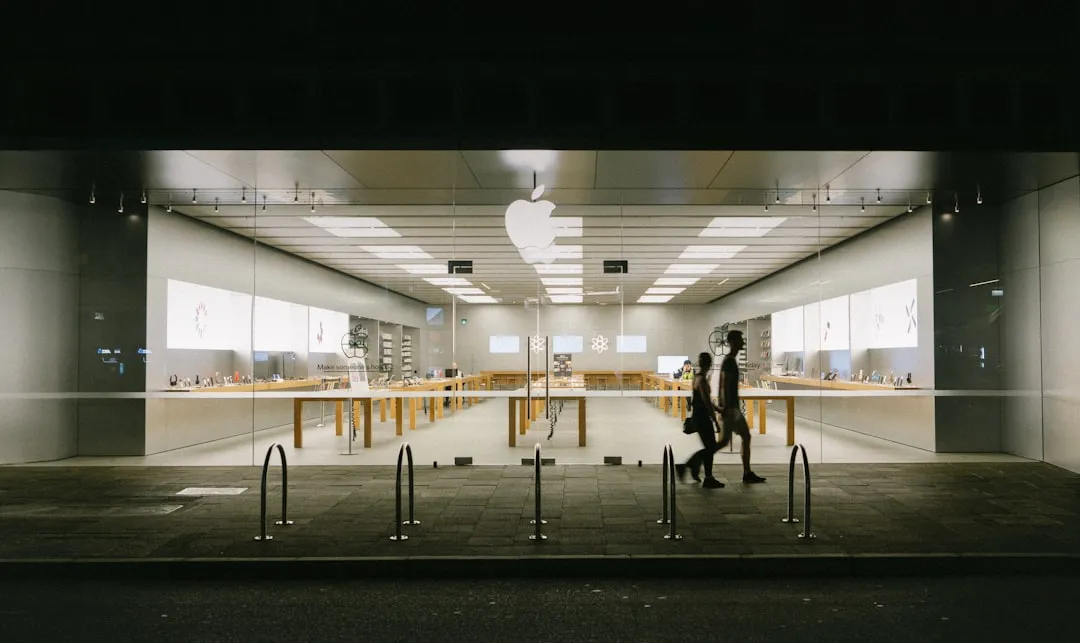
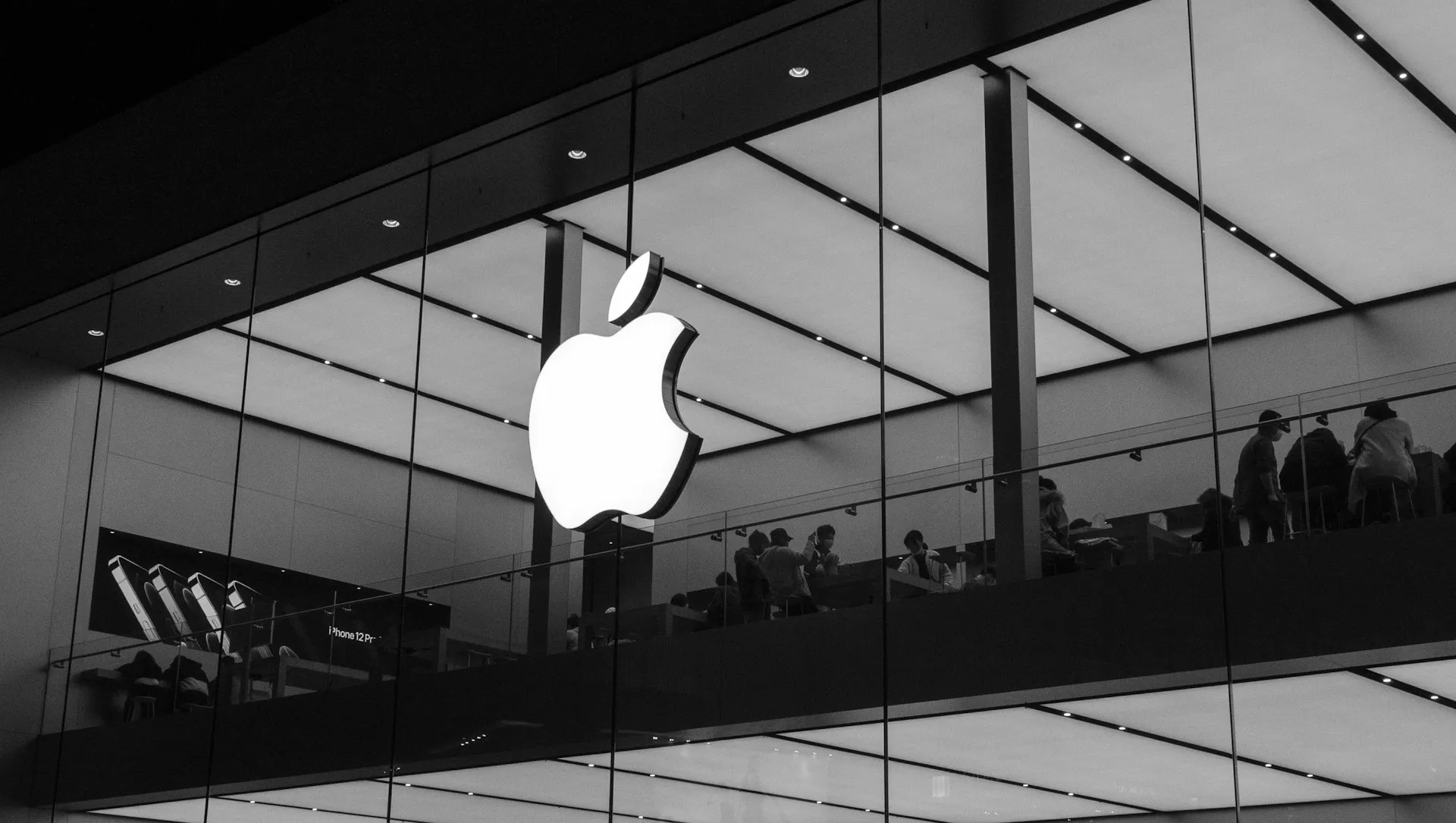



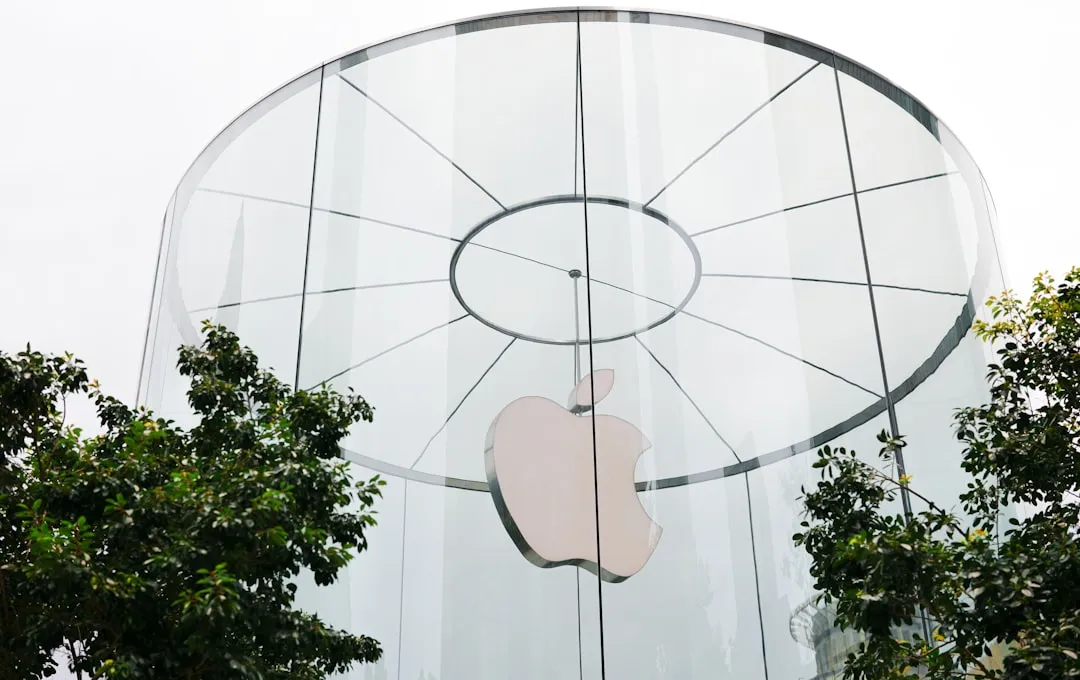


Comments
Be the first, drop a comment!